The Dutch designer, artistic director, and architect Louis Kalff was born in 1897 in Amsterdam. In 1916, he began studying architecture at the Technical University of Delft. During his studies, he designed posters, banners, and costumes for school activities. In 1923, he was an intern for the architect D.F. Slothouwer. In December 1924, he applied to Philips, sending his application by mail to Anton Philips, president of the Eindhoven-based manufacturer of light bulbs and fluorescent tubes, in which he stated that the company's advertising campaigns were not modern enough. On January 5, 1925, Kalff, then 27, joined Philips and was tasked with modernizing the company's advertising and art campaigns. In 1929, the Lighting Advisory Office (LIBU) was established under Kalff's direction to advise companies and architects in the lighting industry. In 1946, he was appointed Philips' art director.
During his career at Philips, Kalff helped select colors, materials, and shapes for a wide range of projects. He also designed advertising banners, signage, exhibits, lighting, and other products. Memorable pieces include the curved Chapel Radio (1931) and the Philips Philishave (1939); nicknamed "the cigar," an electric razor with a rotating system reminiscent of a Greek column. He also designed various architectural projects such as the Astronomical Observatory (in 1937, in Eindhoven) and Evoluon (in 1966, in Eindhoven), and the spaceship-like Museum of Technology, converted into a conference centre in the 1990s. Independently, he designed posters, book covers as well as private residences and commercial buildings. In 1958, Kalff inaugurated the Philips Pavilion at the Brussels World’s Fair. In order to showcase the company’s cutting-edge technology, he designed a multimedia exhibition with an electronic poem entitled: Le Poème Électronique and various audio and video effects. This exhibition was designed by the Swiss architect Le Corbusier, and the music was composed by the French-American Edgar Varèse. Kalff retired in 1960, but remained active as a consultant and architect for Philips. He also gave lectures, and in 1941 wrote a book: Artificial Light and Architecture. Kalff died in 1976 in Waalre. In 2011, the Louis Kalff Institute opened its doors in the Regional Historical Center in Eindhoven. This center is dedicated to preserving and digitizing the archives of important national industrial designers for educational purposes.




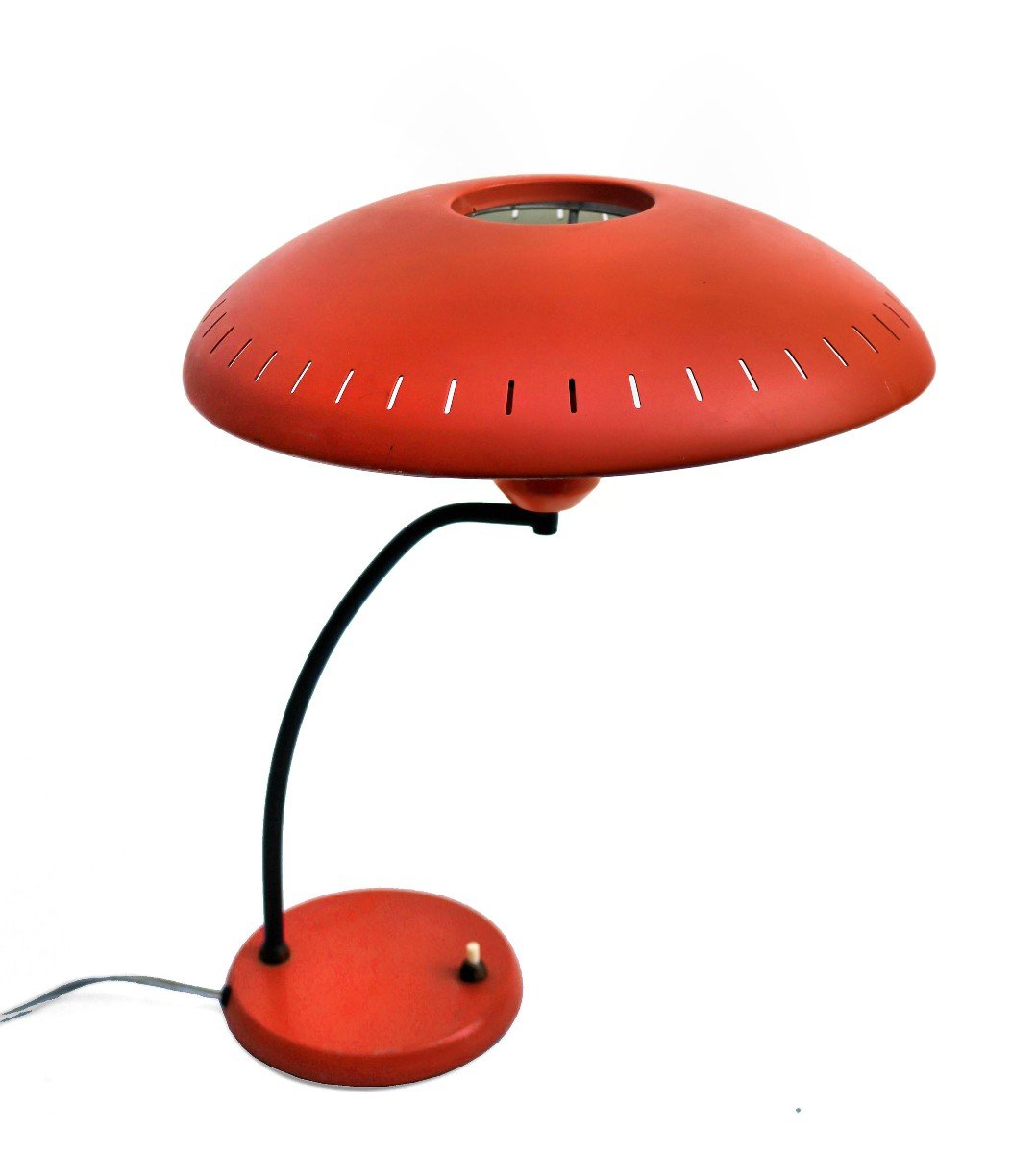














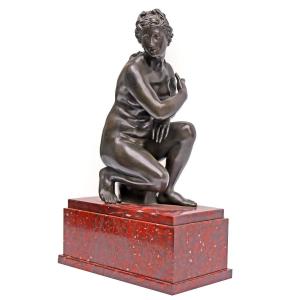


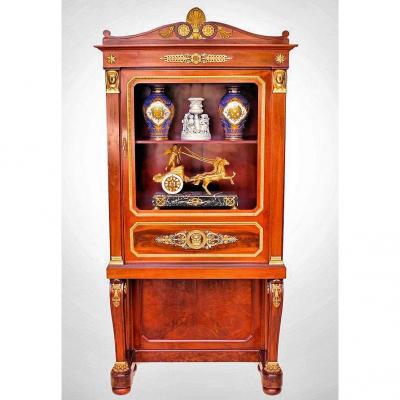
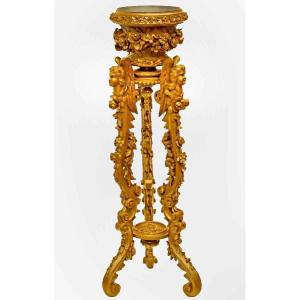
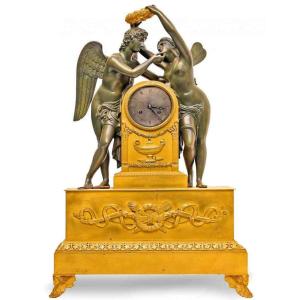
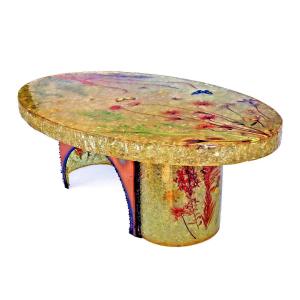
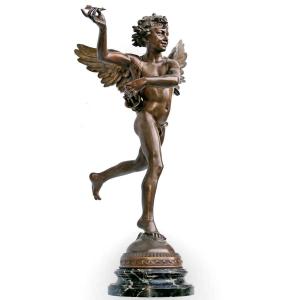


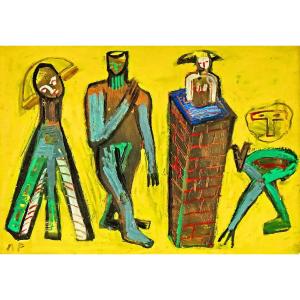


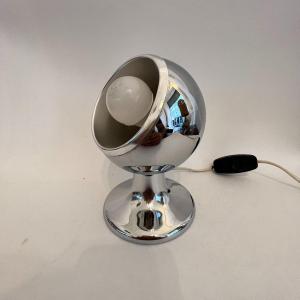



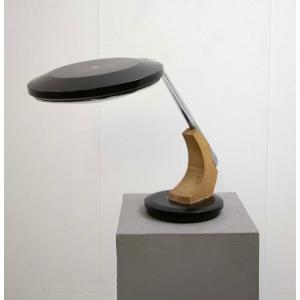



 Le Magazine de PROANTIC
Le Magazine de PROANTIC TRÉSORS Magazine
TRÉSORS Magazine Rivista Artiquariato
Rivista Artiquariato